Revolutionizing Order Fulfillment: 24-Hour DTF Transfer Prints
Direct-to-film (DTF) transfer technology revolutionizes printing with lightning-fast 24-hour turnaro…….
In the fast-paced world of finance, next-day Direct Transfer (DTF) transfers have emerged as a game-changer, offering unprecedented speed and efficiency in moving funds across borders. This innovative mechanism has transformed the way businesses, individuals, and organizations manage international transactions, fostering economic growth and facilitating global trade. In this comprehensive article, we will delve into the intricacies of next-day DTF transfers, exploring their impact, drivers, challenges, and future potential. By the end, readers will gain a profound understanding of this financial technology and its implications for a rapidly evolving global economy.
Definition: Next-day DTF transfers refer to the real-time or near-real-time transfer of funds from one bank account to another, regardless of their geographical locations. This process eliminates traditional delays associated with international wire transfers, enabling instant settlement.
Core Components:
Real-Time Gross Settlement (RTGS): This is the underlying infrastructure that facilitates immediate fund transfers between banks. RTGS systems ensure high security and finality in each transaction.
Global Payment Networks: These networks act as intermediaries, providing a seamless link between banks worldwide. Examples include SWIFT (Society for Worldwide Interbank Financial Telecommunication) and local national payment systems.
Digital Identity Verification: To combat fraud, robust identity verification processes are implemented to ensure the legitimacy of transacting parties.
Historical Context: The concept of instant international fund transfers gained traction in the late 20th century with the development of electronic banking and communication technologies. However, it was the demand for faster and more efficient cross-border payments that drove the evolution of next-day DTF systems. Traditional methods, often involving multiple intermediaries and lengthy processing times, were replaced by streamlined digital solutions.
Significance: Next-day DTF transfers have revolutionized international trade and remittances:
Faster Settlement: Businesses can access funds from international transactions almost instantly, accelerating cash flow management and reducing the need for working capital.
Cost Efficiency: Lower transaction costs compared to traditional methods make it an attractive option for high-volume payers and recipients.
Enhanced Global Connectivity: It fosters greater connectivity between financial institutions worldwide, facilitating smoother cross-border collaborations.
The adoption of next-day DTF transfers has been a global phenomenon, with significant variations across regions.
Europe: The Eurozone has been at the forefront of next-day DTF implementation, with systems like SEPA (Single Euro Payments Area) enabling instant payments within the eurozone.
North America: The United States and Canada have seen substantial growth in next-day DTF usage, driven by innovations like Faster Payments and Real-Time Gross Settlement (RTGS) systems.
Asia-Pacific: Countries like China, Japan, and Australia have rapidly adopted real-time payment networks, integrating them into their digital economies. For instance, China’s UnionPay offers instant cross-border payments.
Emerging Markets: Africa and Latin America are witnessing increased adoption as well, with mobile money transfer services leveraging next-day DTF technology for remittances and digital banking.
Central Bank Digital Currencies (CBDCs): Several central banks worldwide are exploring or implementing CBDC frameworks, many of which incorporate instant payment capabilities, further enhancing the speed and efficiency of next-day DTF transfers.
Open Banking and APIs: The open banking revolution allows third-party service providers to access customer data with consent, fostering innovation in financial technology (fintech) and potentially streamlining cross-border payments.
Blockchain Integration: Blockchain technology is being explored for its potential to enhance transaction transparency, security, and efficiency in next-day DTF systems.
The global real-time payment market, including next-day DTF transfers, is projected to reach USD 4376 billion by 2027, growing at a CAGR of 18.5% from 2020 to 2027 (Market Data Forecast). This rapid growth is attributed to increasing digital transactions and the demand for faster payment solutions.
Infrastructure Development: Governments and financial institutions are investing heavily in modernizing national payment systems, ensuring they can support next-day DTF transfers and emerging technologies like blockchain.
Fintech Startups: The rise of fintech startups specializing in cross-border payments has accelerated innovation, offering alternative solutions to traditional banks. These companies often leverage APIs and blockchain for efficiency and cost reduction.
Reduced Transaction Costs: Next-day DTF transfers lower the costs associated with international money transfers, benefiting businesses and consumers alike. This cost reduction can boost international trade and remittance flows.
Financial Inclusion: Instant payment systems contribute to financial inclusion by providing accessible and affordable cross-border fund transfer services, especially in regions with underbanked populations.
Despite its numerous advantages, next-day DTF transfers face several challenges:
Regulatory Compliance: Ensuring compliance with varying national and international regulations is complex, particularly when dealing with different legal frameworks for anti-money laundering (AML), know-your-customer (KYC), and data privacy.
Cybersecurity: As transactions move faster, so does the potential risk of cyberattacks. Robust cybersecurity measures are essential to protect against fraud and ensure data integrity.
Interoperability: Achieving seamless interoperability between different national payment systems and global networks remains a challenge, hindering the widespread adoption of instant cross-border payments.
Data Privacy: Balancing the need for real-time data exchange with stringent data privacy regulations is crucial to maintaining consumer trust.
The future of next-day DTF transfers holds immense promise, driven by technological advancements and evolving market dynamics.
Blockchain Integration: Blockchain technology will likely play a more significant role in enhancing transaction security, transparency, and efficiency. Smart contracts could automate aspects of cross-border payments, reducing settlement times further.
CBDCs: The increasing adoption of CBDCs could lead to even faster and more efficient next-day DTF transfers, as central banks explore real-time payment systems aligned with their digital currencies.
Artificial Intelligence (AI): AI can be leveraged for fraud detection, risk assessment, and process automation, further streamlining cross-border payments.
Global Payment Networks Collaboration: Collaboration between global payment networks and financial institutions may lead to more standardized and interoperable solutions, making international fund transfers even smoother.
Next-day DTF transfers represent a significant milestone in the evolution of global financial systems, empowering businesses, individuals, and economies worldwide. As technology advances and regulatory frameworks adapt, the potential for instant international fund movements will continue to grow. By addressing challenges and harnessing emerging technologies, next-day DTF systems will play a pivotal role in shaping a more digital, efficient, and interconnected global economy.
This article provides a comprehensive overview of next-day DTF transfers, highlighting their impact, drivers, and future prospects. As the world moves towards greater financial digitalization, understanding these mechanisms is crucial for staying ahead in the dynamic landscape of international payments.
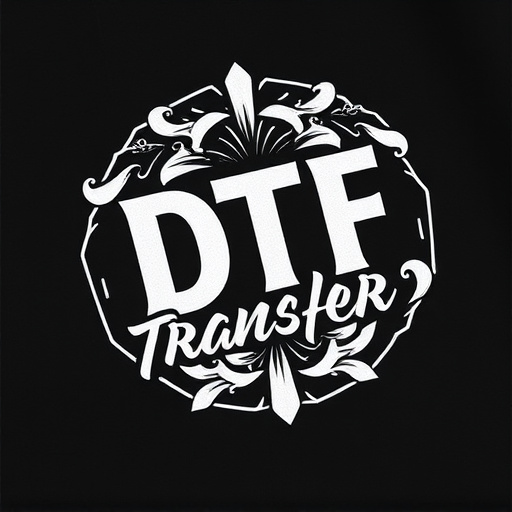
Direct-to-film (DTF) transfer technology revolutionizes printing with lightning-fast 24-hour turnaro…….

Direct-to-film (DTF) transfer is a cutting-edge printing technology offering lightning-fast 24-hour…….
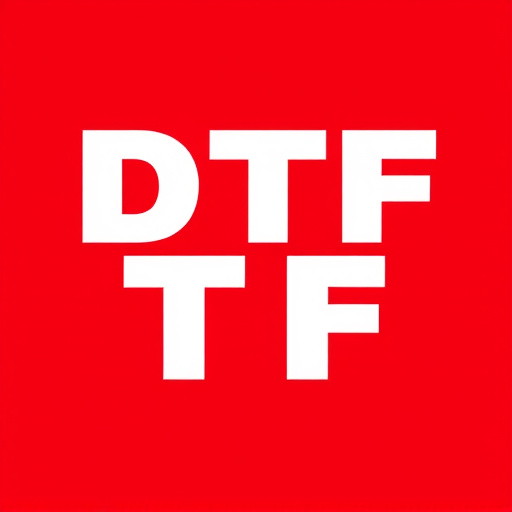
Direct-to-film (DTF) printing is a cutting-edge technology revolutionizing film and photography prod…….

Direct-to-film (DTF) prints are a game-changing printing method, offering unprecedented speed and qu…….
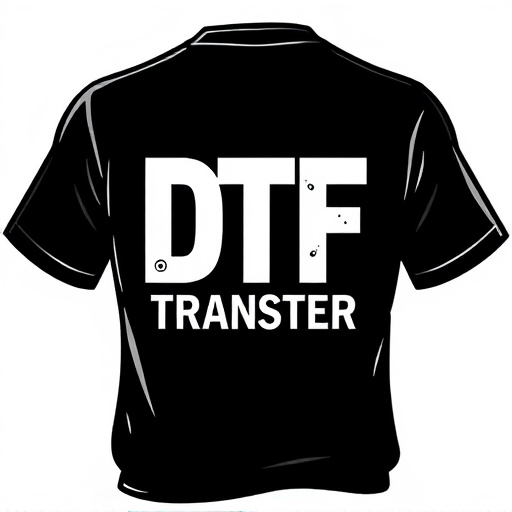
DTF Prints revolutionize the photography and printing industry with swift, precise 24-hour turnaroun…….
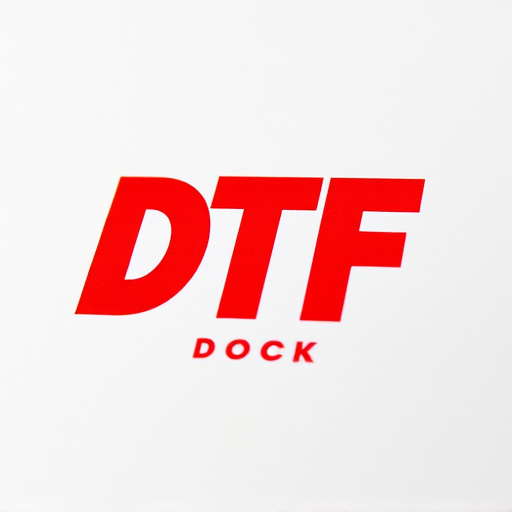
Direct-to-film (DTF) technology is revolutionizing the film industry and various sectors by enabling…….
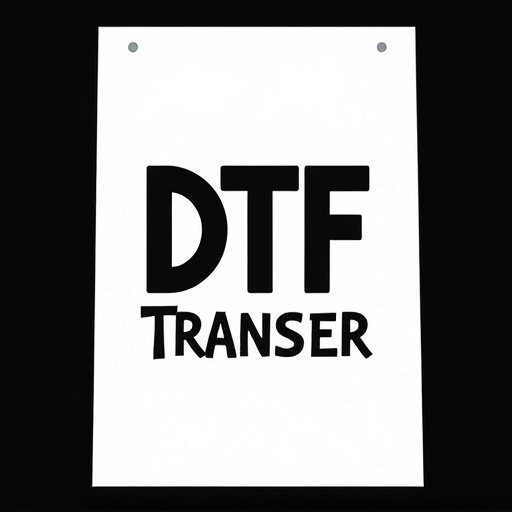
Direct-to-film (DTF) prints revolutionize the industry with their swift 24-hour turnaround times, hi…….
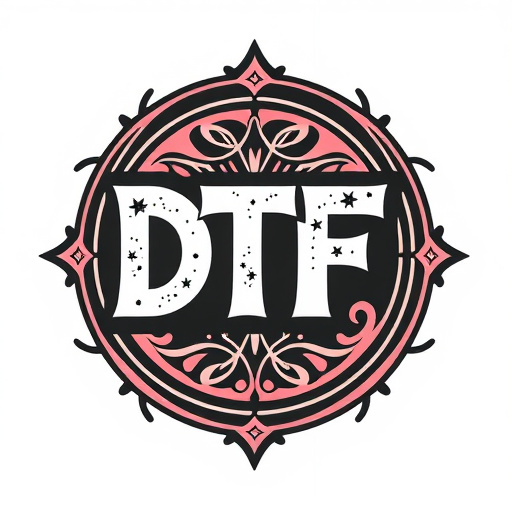
Direct-to-film (DTF) printing is a game-changer, offering 24-hour turnaround times for high-quality…….

Direct-to-film (DTF) technology is a revolutionary printing method, offering 24-hour turnaround time…….

Direct-to-film (DTF) transfer technology is a game-changer in print production, especially for on-de…….